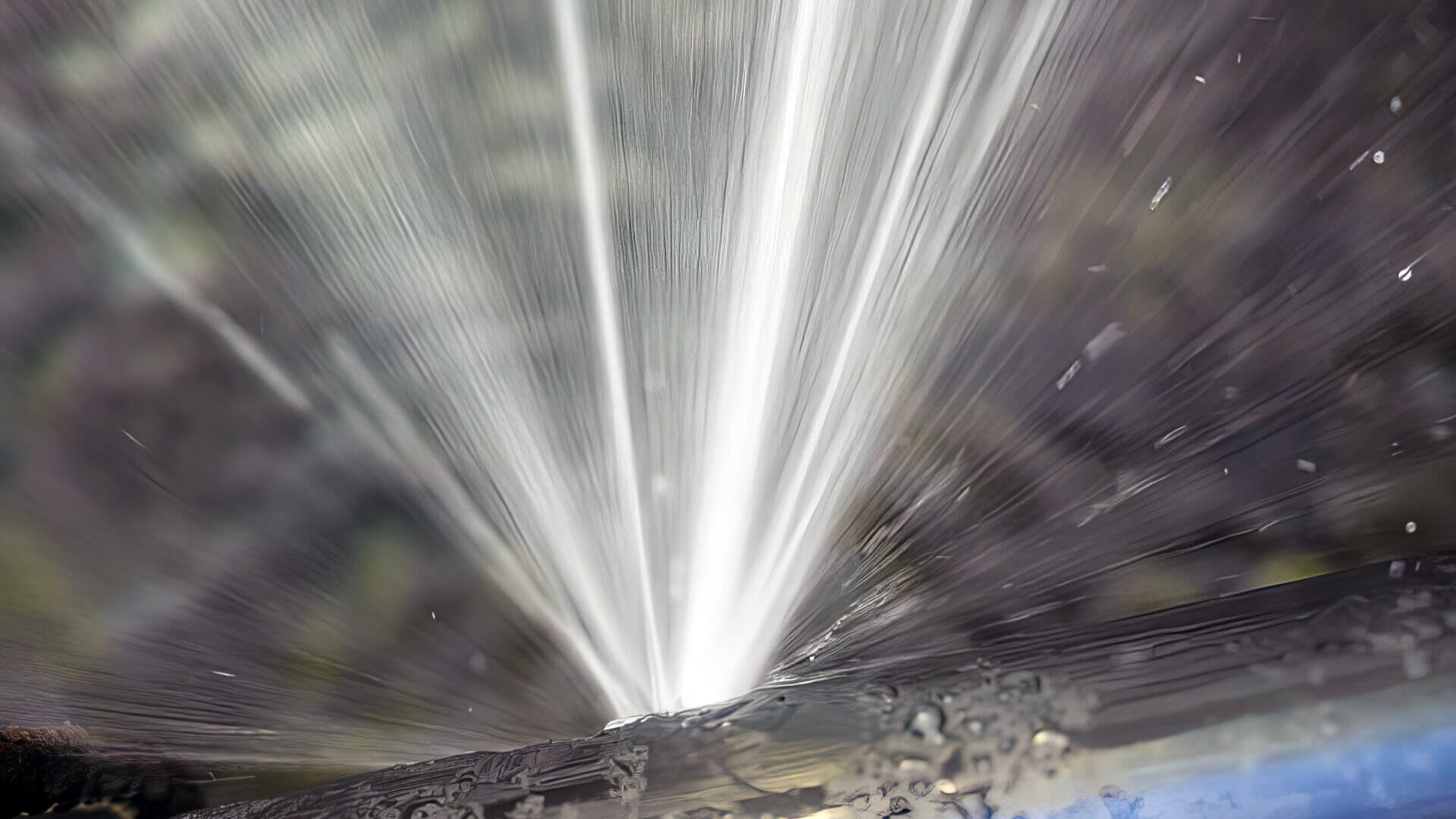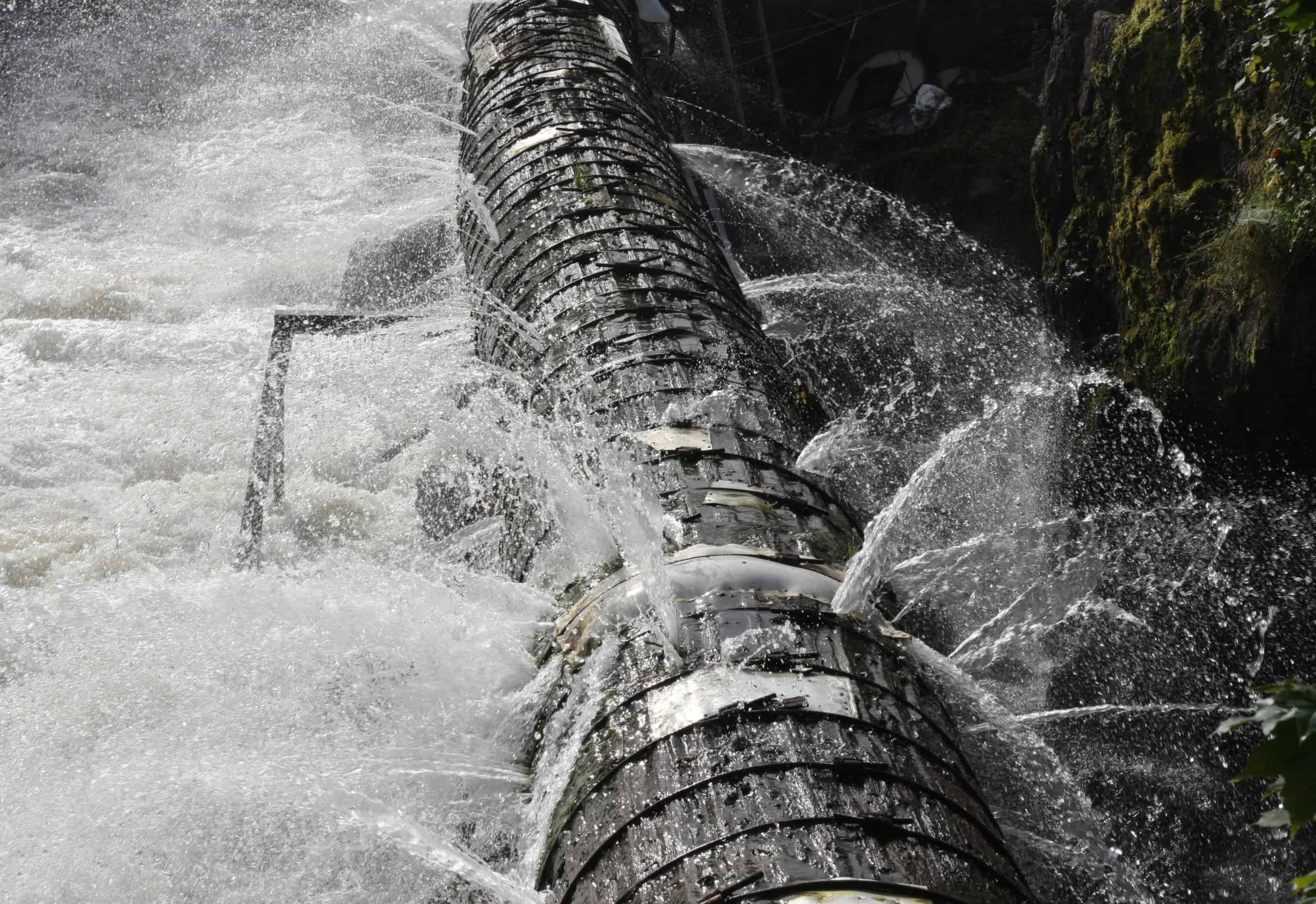Avoiding Ruptured Pipes: Vital Tips to Secure Your Plumbing
Preventing burst pipelines is a critical worry for home owners, particularly during chillier months when the threat of cold is heightened. Executing critical actions such as proper insulation, routine assessments, and keeping regular interior temperature levels can significantly decrease the possibility of pipeline failure.
Understand Pipeline Vulnerabilities
Comprehending pipeline susceptabilities is crucial for effective plumbing upkeep and preventing costly damages. Numerous variables add to the susceptibility of pipes to ruptureds, including product structure, age, and environmental conditions. Older pipes, especially those made from galvanized steel or polybutylene, commonly degrade over time, leading to increased risk of tears and leaks.
Temperature fluctuations can also significantly impact pipeline stability. In chillier environments, water entraped in pipes can freeze, increasing and applying stress on the pipe walls, which might eventually result in a burst. In addition, high water stress can strain pipelines, especially at joints and bends, enhancing the probability of failure.

Insulate Pipeline Correctly
Appropriate insulation of pipelines is crucial for avoiding cold and succeeding ruptureds throughout winter (burst pipe). Insulating your plumbing system efficiently safeguards against temperature drops that can cause expensive damages. Begin by determining prone locations where pipelines are revealed to exterior temperature levels, such as cellars, attics, and outside wall surfaces
Use foam pipe insulation sleeves or wrap insulation tape around these areas to provide a protective obstacle. Make certain that all areas of the pipelines, especially those with restricted warm exposure, receive adequate insulation. Pay unique focus to joints and fittings, as these are more susceptible to cold.
When shielding, it's important to select materials that meet neighborhood building ordinance and are proper for the particular environment. Fiberglass insulation is commonly advised for its thermal resistance homes. Additionally, take into consideration utilizing heat wires or tape in severe problems, which can be plugged in to supply supplementary warm
Frequently inspect shielded pipes for any type of signs of wear or damages, as compromised insulation can reduce its effectiveness. By taking these positive measures, you dramatically decrease the threat of pipe bursts, making certain a trustworthy plumbing system throughout the cold weather.
Maintain Constant Temperature
A steady indoor temperature is essential for avoiding burst pipes during the frigid months. When temperature levels decline, water within pipelines can ice up, broadening and producing pressure that may ultimately cause the pipelines to ruptured. To alleviate this threat, home owners need to keep a constant temperature throughout their living space, ideally no reduced than 55 ° F(13 ° C)Utilizing a programmable thermostat can help take care of interior temperature levels effectively, ensuring that areas he has a good point with pipes remain cozy also when your home is empty. Pay special interest to areas that are extra at risk to chilly, such as garages, cellars, and attics. Maintaining cupboard doors open under sinks can also enable warmer air from the home to circulate around pipes.
This small circulation of water can stop freezing by easing pressure within the pipes. By executing these techniques, property owners can considerably reduce the threat of pipeline bursts and safeguard their pipes systems versus the severe winter months aspects.
Routinely Examine Plumbing
Normal assessments of plumbing systems are crucial for protecting against ruptured pipes and keeping general home integrity. Regular checks allow homeowners to recognize prospective issues prior to they escalate right into expensive repairs or significant water damage. Throughout these evaluations, it is vital to take a look at visible pipelines for signs of deterioration, leaks, or use. Pay special interest to locations susceptible to cold, such as basements, attic rooms, and exterior walls.
Furthermore, evaluating joints and connections is essential, as these factors are frequently at risk to leakages. Homeowners must additionally evaluate water stress levels, as excessive pressure can strain the plumbing system and boost the threat of pipeline ruptureds.
Consider organizing specialist plumbing evaluations at the very least as soon as a year, particularly before winter months, to guarantee your system is prepared for chillier temperature levels. By being aggressive in your technique, you can safeguard your home versus the turbulent and costly repercussions of burst pipelines.
Know Emergency Situation Procedures
Understanding emergency treatments is essential for every property owner, specifically after conducting routine pipes examinations. Being prepared for a plumbing emergency can dramatically mitigate damage and conserve prices.
Next, keep crucial devices handy. A plumbing emergency package need to include a wrench, bettor, and towels, along with a flashlight and a pail for small leakages. Additionally, think about having the call details for a website here relied on plumbing readily available, should the scenario rise past your control.
If you identify a leakage or ruptured pipe, right away transform off the water system and inform your plumbing. Document the damage with pictures for insurance policy functions. Understand the signs of potential pipes problems, such as unusual water stress variations or damp areas on walls
Inevitably, aggressive understanding and swift activity are vital in handling pipes emergency situations, ensuring your home continues to be safeguarded and lessening potential damages.

Final Thought
To conclude, avoiding ruptured pipelines requires a multifaceted approach that consists of understanding pipeline Recommended Reading vulnerabilities, appropriate insulation, maintaining regular interior temperatures, regular assessments, and expertise of emergency treatments. By applying these necessary methods, the risk of pipes failures can be significantly lowered, thus guaranteeing the long life and effectiveness of the pipes system. Positive measures not just protect versus potential damages but additionally add to total water conservation and the defense of building.
In chillier environments, water trapped in pipelines can ice up, putting in and increasing pressure on the pipeline walls, which might ultimately lead to a ruptured. When temperatures decline, water within pipes can ice up, expanding and producing stress that might eventually cause the pipelines to burst. By executing these methods, homeowners can dramatically reduce the danger of pipeline bursts and secure their pipes systems against the severe winter months aspects.
